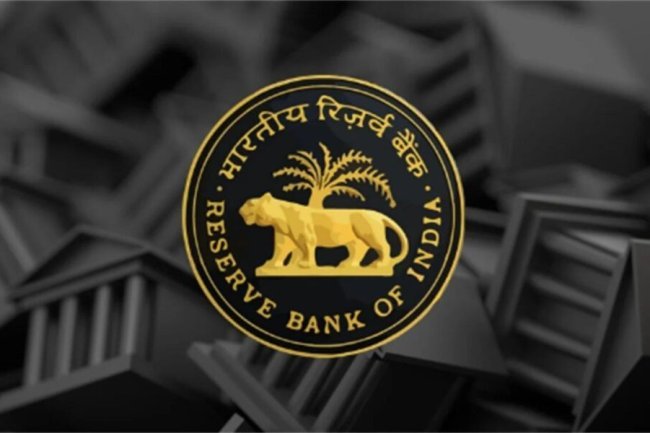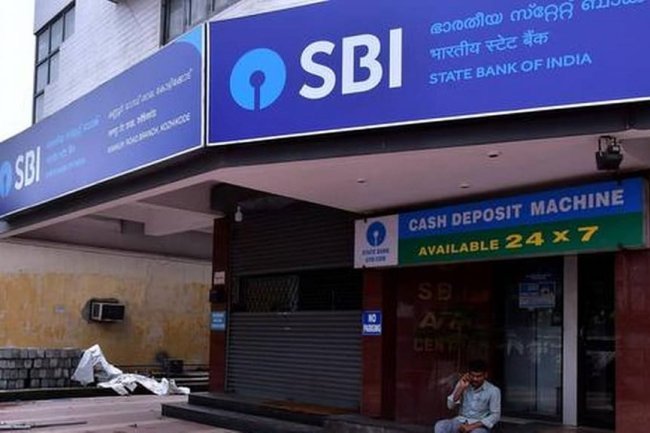Indian Banks to See LCR Buffers Shrink as New RBI Norms Approach
Indian banks are bracing for a potential reduction in their liquidity coverage ratio (LCR) buffers following anticipated changes by the Reserve Bank of India. Currently maintaining high LCRs as a safeguard, banks expect adjustments that could decrease their buffers by 7–10 percentage points.

Indian Banks to See LCR Buffers Shrink as New RBI Norms Approach
With upcoming regulatory changes, Indian banks are prepared to see a reduction in their high liquidity coverage ratio (LCR) buffers. Currently, banks are maintaining substantial LCR buffers, but analysts anticipate a reduction once the Reserve Bank of India (RBI) finalizes the new LCR requirements, expected in December for implementation from the next fiscal year. These adjustments could result in LCR ratios dipping by 7 to 10 percentage points across the banking sector.
Prepared for Compliance: Banks Maintain Elevated LCR Buffers
RBI mandates banks to uphold a 100% LCR, comprising high-quality liquid assets (HQLA) such as government securities and publicly traded stocks. Currently, Indian banks maintain an average LCR of around 120%, with some private institutions exceeding 130%. This proactive increase aims to comply with potential changes following the 2008 financial crisis that require banks to have readily accessible cash reserves to manage sudden withdrawals.
In July, the RBI proposed an increase in liquidity support requirements, particularly to cover withdrawal risks associated with retail deposits through internet and mobile banking, by an additional 5%. HDFC Bank, India’s largest private lender, recorded a 128% LCR in September, up from 123% in the previous quarter and 110% a year earlier. The bank’s CEO, Sashidhar Jagdishan, anticipates that this heightened buffer will normalize to historical levels (110%–120%) over time.
For banks closer to the 100% mark, such as the Bank of Maharashtra with a 105% LCR, adjustments will involve increasing holdings in government securities to meet the new criteria. As part of their strategy, the Bank of Maharashtra aims to raise its LCR to 110% by investing in short-term government bonds.
Anticipated Market Impact and Institutional Preparedness
While some institutions may need to acquire additional assets, economists suggest that the elevated buffers maintained by most banks mean the new requirements won’t significantly increase demand for government securities. Madhavi Arora, Chief Economist at Emkay Global Financial Services, noted that “most banks are well-covered,” and the new guidelines will primarily affect institutions with lower existing LCRs. This sentiment aligns with broader industry expectations that banks are well-positioned to adjust without substantial disruption to the bond market.
As the banking sector readies for these regulatory shifts, the elevated LCRs reflect a cautious stance among banks in preparing for compliance with RBI’s anticipated circular. With continued reliance on government securities as primary HQLA, the sector appears set to adapt to the evolving liquidity norms while aiming to balance stability with regulatory obligations.
Click Here to Visit
What's Your Reaction?
















